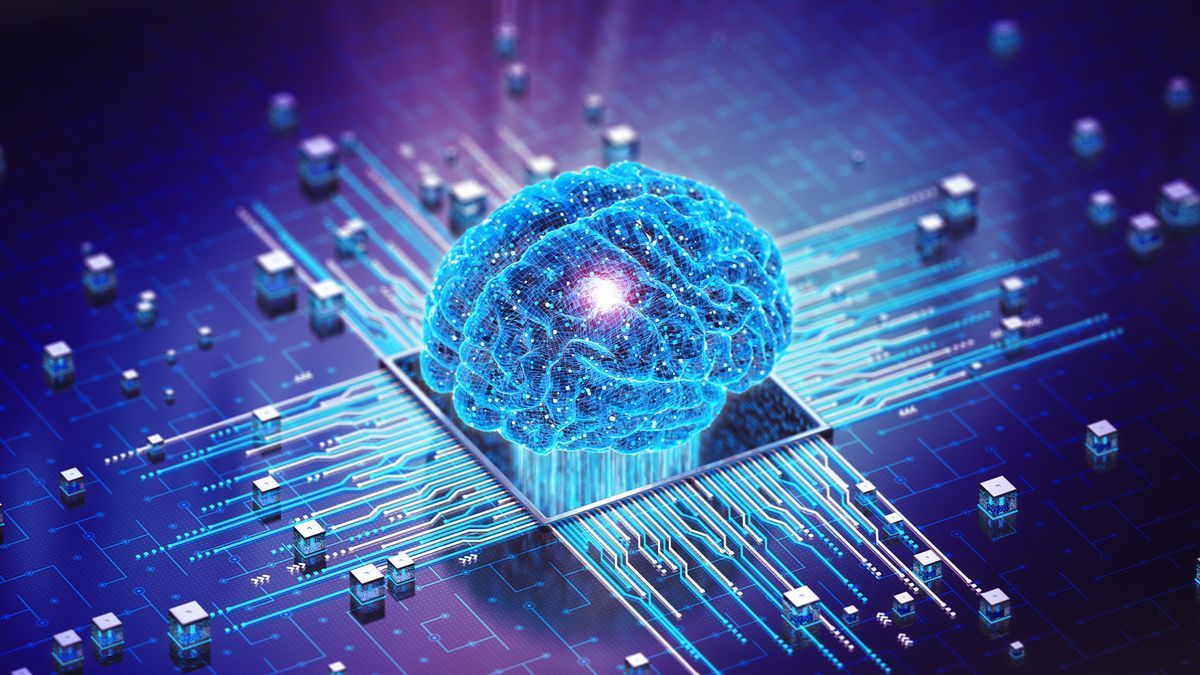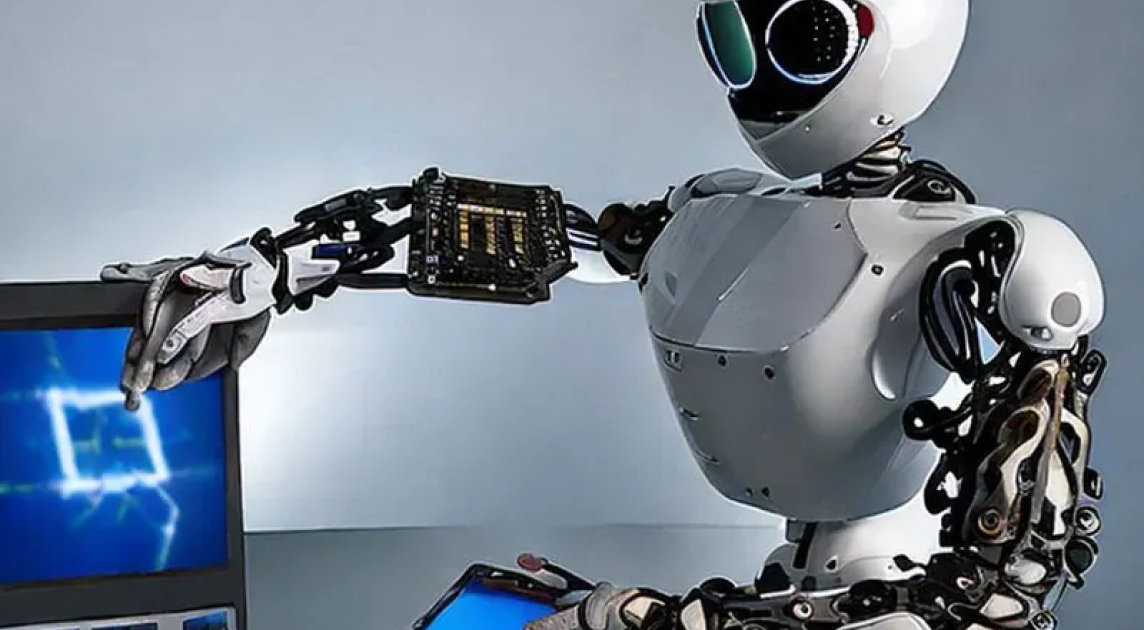
Artificial Intelligence and chatbots combine to create a powerful combination.
Sure, chatbots have been around for decades. But ever since artificial intelligence and chatbots have been used together, something that only started to happen recently, their power grew.
Because of artificial intelligence and chatbots working together, they now understand human language, learn from past conversations and provide more personalized and relevant experiences.
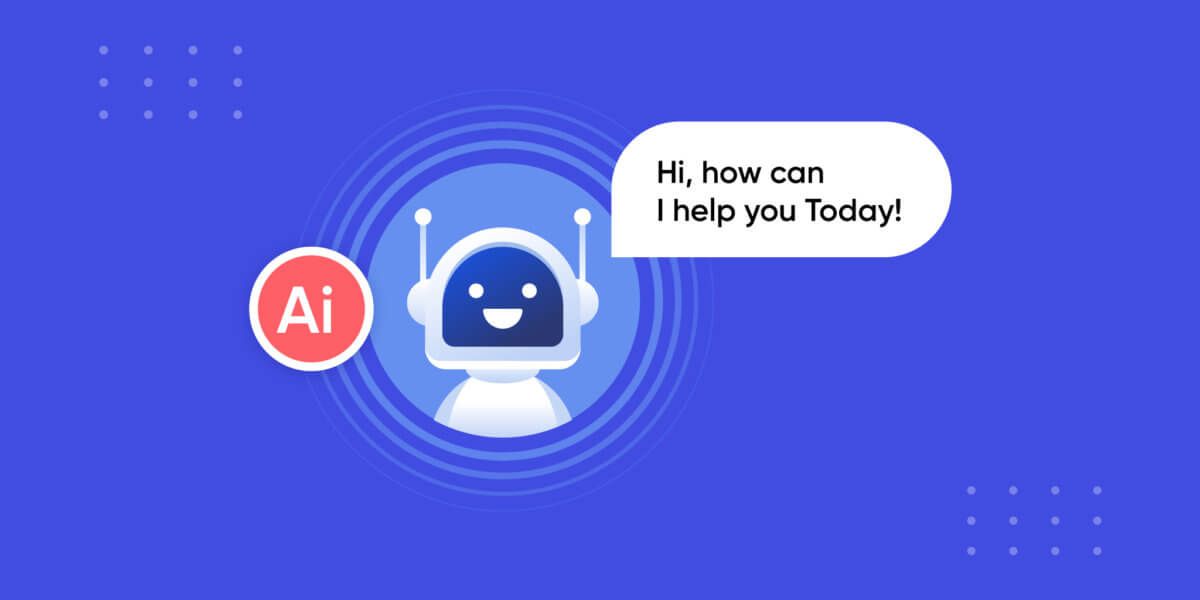
What is a chatbot?
Simply put, a chatbot is a computer program designed to simulate conversation with human users, especially over the Internet.
Let’s take a look at some important ways artificial intelligence helps chatbots become more powerful.
- Artificial intelligence and chatbots use something called “natural language processing (NLP)”. NLP is a field of computer science that deals with the interaction between computers and human (natural) languages. AI-powered chatbots use NLP to understand human language, which allows them to have more natural and engaging conversations with users. For example, chatbots can now understand complex questions, follow instructions, and even generate creative text formats, such as poems, code, scripts, musical pieces, email, and letters.
- Machine learning (ML): ML is a type of artificial intelligence that allows computers to learn without being explicitly programmed. This is wicked, next-generation stuff right here. ML algorithms are used by chatbots to learn from past conversations and improve their performance over time. For example, ML algorithms can be used to train chatbots to identify different types of user queries, so that they can provide more relevant and helpful responses.
- Big data is not always something to be feared. The term is used to describe the vast amounts of data generated by everyday activities, such as online browsing, social media use, and mobile app usage. Artificial Intelligence and chatbots can use big data to learn about user behavior and preferences, which allows them to provide more personalized and relevant experiences. For example, a chatbot that is used for customer service can use big data to track customer interactions, so that it can identify common problems and provide solutions.
The growth and improvement of artificial intelligence and chatbots has happened concurrently as obstacles that chatbots once faced have been overcome.
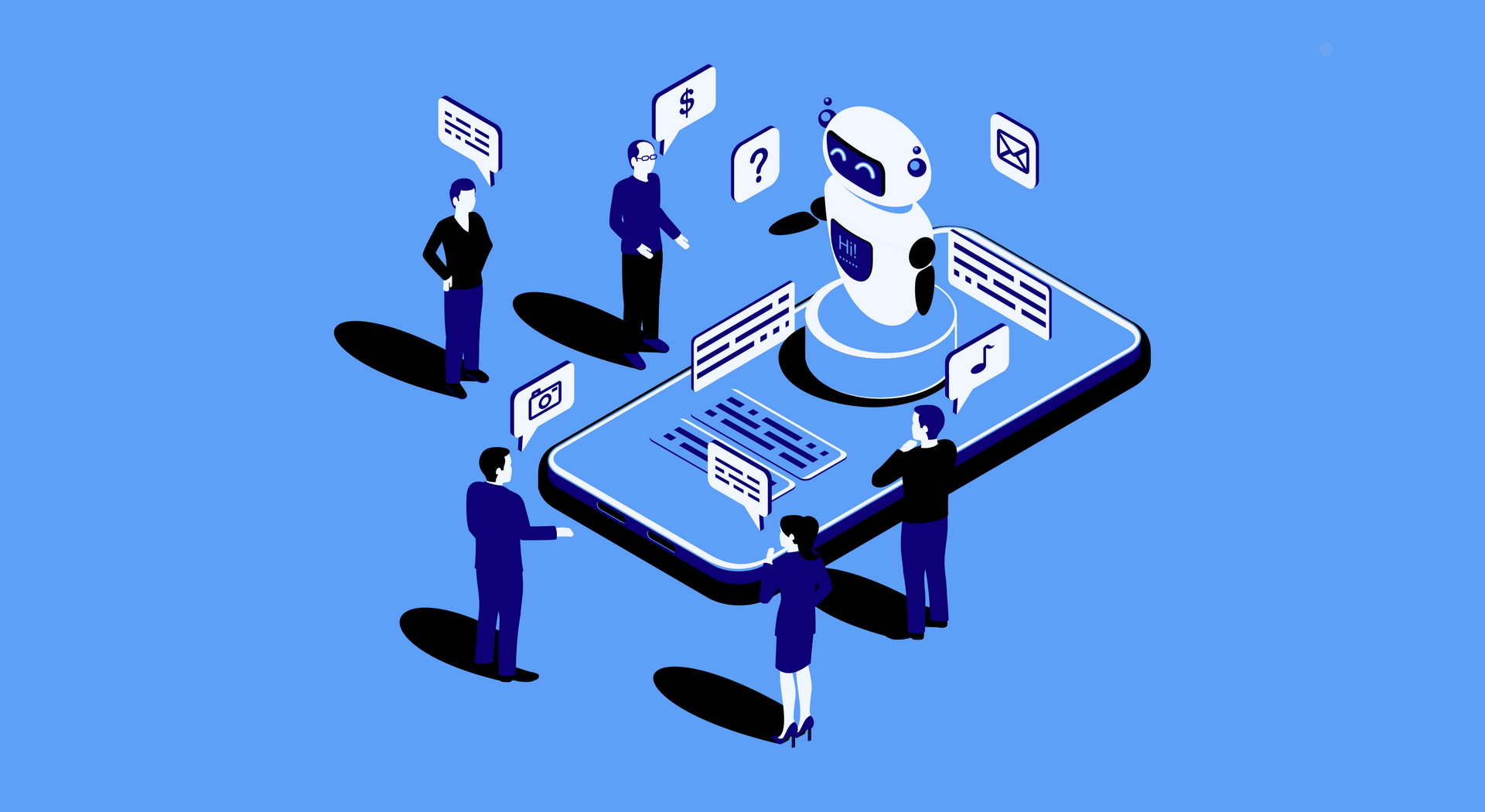
Artificial intelligence and chatbots also face some challenges.
- Lack of understanding of human language: Chatbots were often unable to understand complex questions or follow instructions. This made it difficult for them to have natural and engaging conversations with users. Artificial intelligence and chatbots now do a better job together of understanding.
- Inability to learn from past conversations: Chatbots were not able to learn from past conversations, so they were unable to improve performance over time. This meant that they often provided the same responses to similar questions, which could become repetitive and boring for users. That takes the user out of the virtual conversation and stunts any further conversation. Artificial intelligence and chatbots now incorporate machine learning, as outlined above.
- Lack of personalization: Chatbots were not able to personalize responses to users, so they often provided generic responses that were not relevant to the individual user's needs. This made it difficult for chatbots to provide truly helpful and informative experiences.
So how has artificial intelligence and chatbots working together helped overcome these obstacles? Let’s explore that.
Artificial intelligence and chatbots have teamed to overcome these obstacles in a number of ways. For example, natural language processing has enabled chatbots to understand human language more accurately, which has made it possible for them to have more natural and engaging conversations with users. ML has allowed chatbots to learn from past conversations, which has enabled them to improve their performance over time. And big data has allowed chatbots to learn about user behavior and preferences, which has made it possible for them to provide more personalized and relevant experiences.
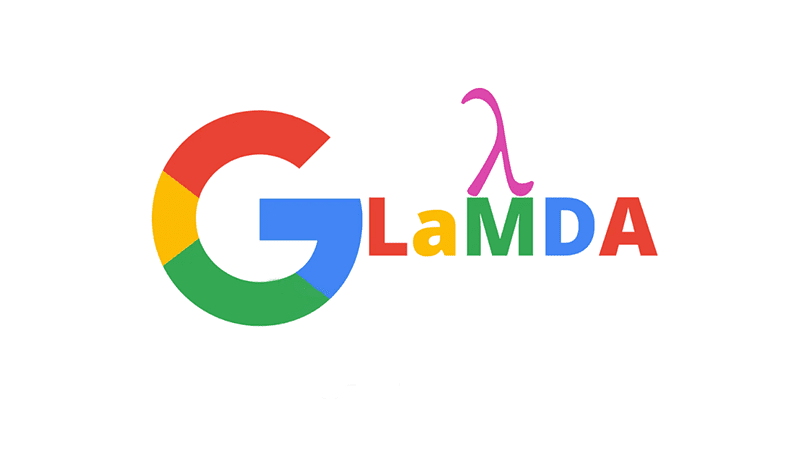
There are many examples of how AI has helped chatbots become more powerful. Here are a few:
- LaMDA: LaMDA is a factual language model from Google AI, trained on a massive dataset of text and code. LaMDA can generate text, translate languages, write different kinds of creative content, and answer your questions in an informative way. It is still under development, but it has the potential to be one of the most powerful chatbots ever created, which would make the combination of artificial intelligence and chatbots far more powerful.
- Xiaoice: Xiaoice is a chatbot developed by Microsoft China. Xiaoice is known for its ability to have natural and engaging conversations with users. It has been used by over 600 million people, and it is one of the most popular chatbots in the world.
- Replika: Replika is a chatbot that is designed to be a friend and companion. Replika uses AI to learn about your personality and interests, so that it can provide you with personalized conversations and support. It has been used by over 1 million people, and it is one of the most popular chatbots for mental health and well-being.
These are just a few examples of how AI has helped chatbots become more powerful. As AI technology continues to develop, we can expect to see even more powerful and sophisticated chatbots in the future.
Conclusion
AI has helped chatbots become more powerful in a number of ways. This has made it possible for chatbots to have more natural and engaging conversations with users, learn from past conversations, and provide more personalized and relevant experiences. As AI technology continues to develop, we can expect to see even more powerful and sophisticated chatbots in the future.


